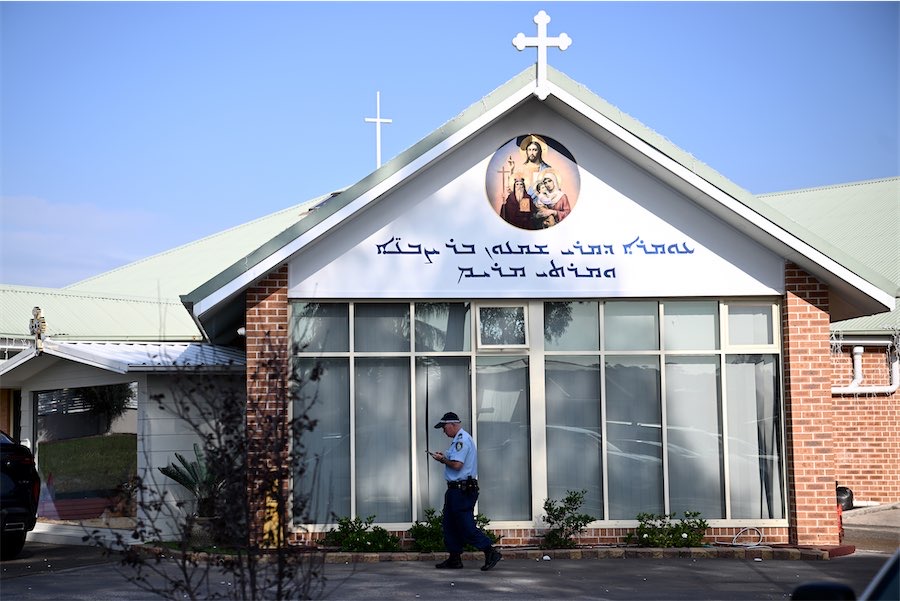SHADOW Transport Minister Alistair Coe is still not satisfied with the ACT Government’s case for light rail to Gungahlin instead of a rapid bus network, which is based on the greater “social benefits” of trams.

In the statement Mr Corbell said the Government was sending a submission to Infrastructure Australia (IA), indicating to the Federal Government’ s independent advisory body that it now preferred LRT over BRT for the Gungahlin to City transit corridor.
The Minister drew on figures from a Concept Design Report by engineering firm URS to explain the Government’s preference for light rail.
“The IA submission, which presented the costs and benefits of both BRT and LRT on an equal basis, shows that the LRT benefit cost ratio, when taking into account higher population and employment in the corridor, is 2.34, compared to BRT’s benefit cost ratio of 4.78,” Mr Corbell said on July 27, a statement that Mr Coe now labels “bizarre” over a week later.
“Simon Corbell’s own assessment suggests that the Government would get more than double the cost benefit from major improvements to the bus network,” Mr Coe says in today’s statement.
Mr Corbell’s statement added that the cost-benefit ratio of 2.34 was similar or better to the ratios for other light rail projects at the Gold Coast and in Sydney, and quoted the URS report’s assessment that light rail was better overall “due to its higher social benefits”, when social and environmental impact was taken into account along with economics.
“While the BRT benefit cost ratio in the IA submission was higher than the benefit cost ratio for LRT, the URS report found that, ‘BRT is a cost-effective option, whilst LRT generates the best overall outcome for Canberra’,” Mr Corbell said on August 27.
“Further to this,” adds Mr Coe today, “the Government’s commissioned survey states that after informing Canberrans of the cost of light rail versus dedicated bus ways, more people preferred buses to light rail,” referring to a 2012 Canberra and Region Social and Market Survey.
In Simon Corbell’s August 27 announcement, he claimed the opposite, stating that “Community consultation during the Gungahlin to City Transport Study showed that although light rail was more expensive than bus rapid transit, the majority of the community preferred light rail and believed it to be an investment in the future of Canberra”.
The survey referred to by Mr Coe says that 68.5 per cent of people preferred light rail, but only in a hypothetical situation where “the route, the travel time, your way to the stop, the ticket price, and the service frequency would be the same for either mode”.
After being told that LRT would cost more than twice as much as BRT and “would operate at the same frequency with the same number of stops”, the number of supporters dropped to 45.8 per cent, with 46.5 per cent in favour of BRT.
Who can be trusted?
In a world of spin and confusion, there’s never been a more important time to support independent journalism in Canberra.
If you trust our work online and want to enforce the power of independent voices, I invite you to make a small contribution.
Every dollar of support is invested back into our journalism to help keep citynews.com.au strong and free.
Thank you,
Ian Meikle, editor




Leave a Reply